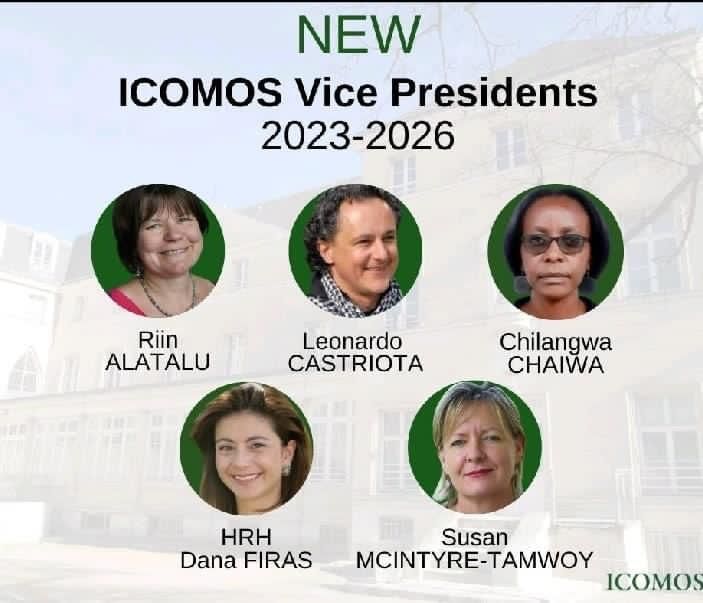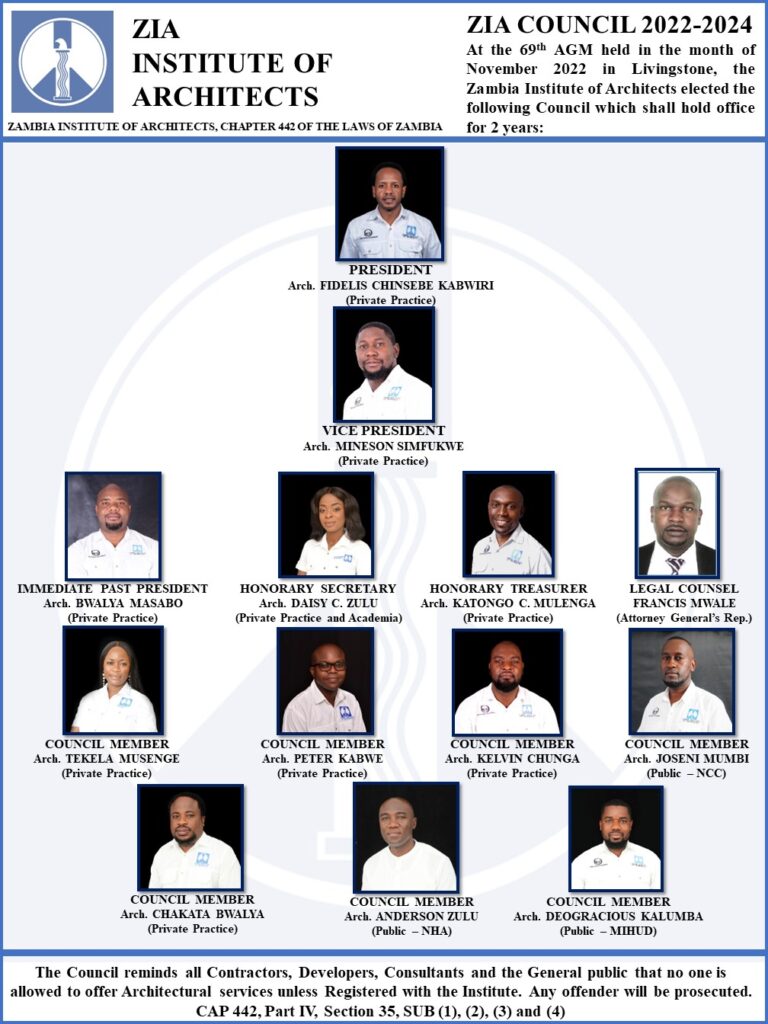We are proud to inform you that Architect Chilangwa Chaiwa was elected Vice-President – Africa for the International Council on Monuments and Sites (ICOMOS) for a term of three-years at the recently held 21st Triennial General Assembly of ICOMOS Conference in Sydney, Australia.
ICOMOS brings together professionals with a common mission of preserving world heritage and culture, as well as developing and disseminating theories and practices to connect people and cultures to guarantee a sustainable ICOMOS.
ICOMOS is an adviser to the United Nations Educational, Scientific and Cultural Organization (UNESCO) on culture and heritage matters.
Congratulations to Architect Chaiwa on her appointment and we wish her great success during her tenure of office.











